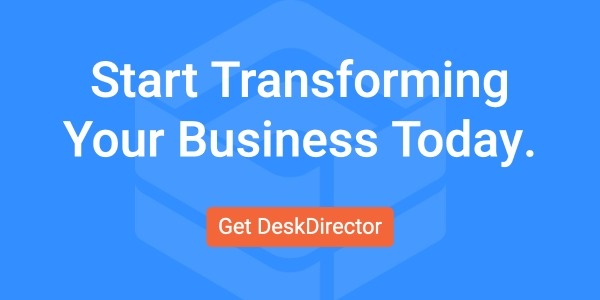Each year, more processes are automated, an increasing number of applications are adopted, and higher volumes of data are collected. The modern office relies on a heavily digitized infrastructure, and connecting these solutions through IT integration helps support fluid operations.
IT integration (also called systems integration) connects an organization’s data, applications, software, and devices to drive higher efficiency, lower costs, and deliver accurate, unfragmented data.
Here are some tips for integrating your systems and building a successful tech stack.
Create Your Roadmap
When you start planning to integrate your company’s systems, crafting a detailed strategy is the first step. Internal user and customer needs will play into your roadmap, and the IT department needs to assess things like the scope, timeline, and costs associated with integration.
To help inform the roadmap, consider what the integration aims to accomplish for the organization. There are a few integration types that your goals might fall under:
- Modernizing Legacy Systems: Your current software might be outdated, so you need to integrate modern applications with the older ones to help update your core business operations.
- Third-Party Tools: This expands the capabilities of your current tech stack by bringing on a tool that performs a needed function rather than building out new features or software from scratch.
- Enterprise Application Integration (EAI): This consolidates multiple subsystems, data, and applications under one business ecosystem.
- Connect Multiple Businesses: There are some instances where two businesses could benefit from connecting their systems, like a retailer and their supplier, for example.
Identify which integration type or types will serve your organization best so you can build an optimal strategy.
Produce Strong Documentation
Once you’ve defined your goals and created your IT integration plan, then you must document, document, document. Set up SOPs (standard operating procedures) for connecting new tools, conducting maintenance, doing regular updates, etc. This will help both in the present and future by giving clear instructions to reduce human error, outages, and downtime.
Pro Tip: Store all of your SOPs and documentation in a central hub, and be sure to revisit and update whenever possible. When assigning tasks, embed SOPs into your tickets and workflows for even more transparency.
Give IT Ownership of the Tech Stack
As the business landscape has become entrenched firmly in the era of digital transformation, new applications and tools will continue to be added to an organization’s ecosystem. As a result, IT must have a role in helping build the tech stack, as well as integrating new tools into it.
Here are some helpful tips to consider when building your tech stack:
- Consider Customization: How easy will each solution be to customize? How much customization would your business need? How expensive would customizations be, and how long would it take to accomplish?
- Determine Scalability: Your organization needs solutions that can easily grow with you to meet internal and customer-facing requirements. Adopt solutions that can support pivots and flexibility over time.
- Ensure Third-Party Integration Capability: The applications and systems you adopt into your tech stack must play nice with others. Be sure that the platforms you choose allow easy integration so data can quickly transfer between apps.
- Be Mindful of Budget: IT leaders need to know the costs of each potential solution that would be added to the tech stack and decide whether they match the budget. Some apps can serve multiple purposes and therefore curb the need for excessive spending. ITSM software, for example, is highly versatile: Multiple teams can use the IT automation, workflows, and SOP management features.
- Automate As Much as Possible: Choose software that automates as many processes as possible to boost productivity across the entire business. Automation keeps your tech stack efficient, reduces costs, and increases productivity.
Helpful Hint: Support the IT team with system integration by providing IT automation to ease the workload and accelerate project completions.
Always Make Time for Maintenance
Finally, never assume everything is final once you’ve implemented IT integration. Your teams should conduct routine maintenance and review to confirm that the entire organization’s systems work together and share data fluidly. Set up recurring tasks and pre-built workflows within your ITSM software solution to ensure you’re firing on all cylinders.
If you’d like to see how ITSM software can support your IT integration efforts, sign up to try DeskDirector for free.









